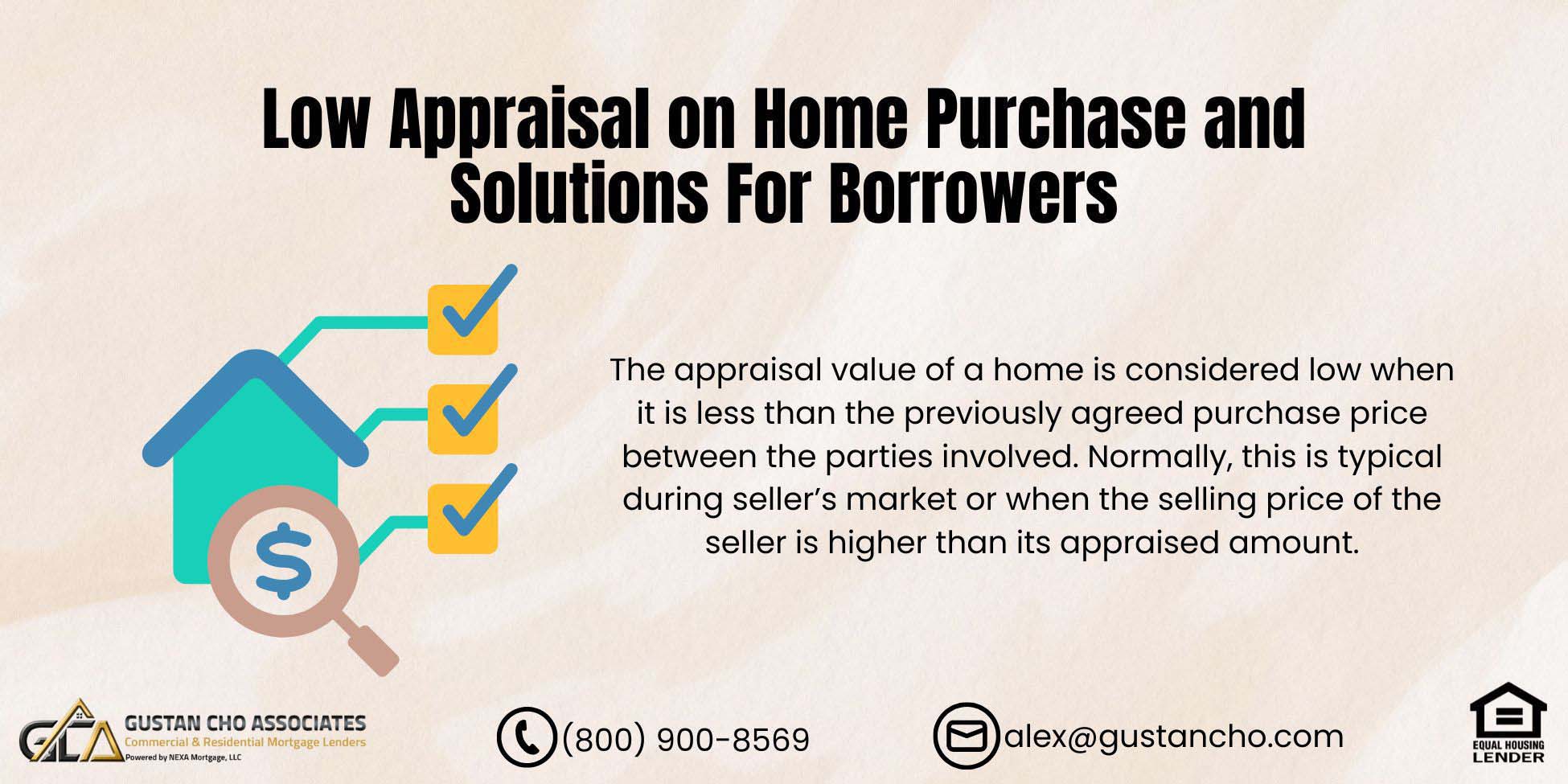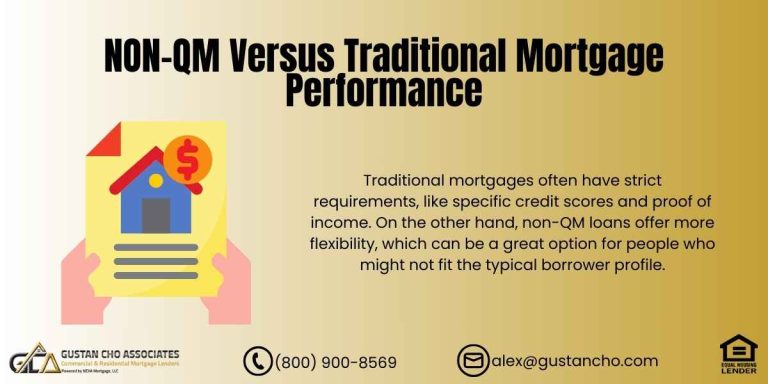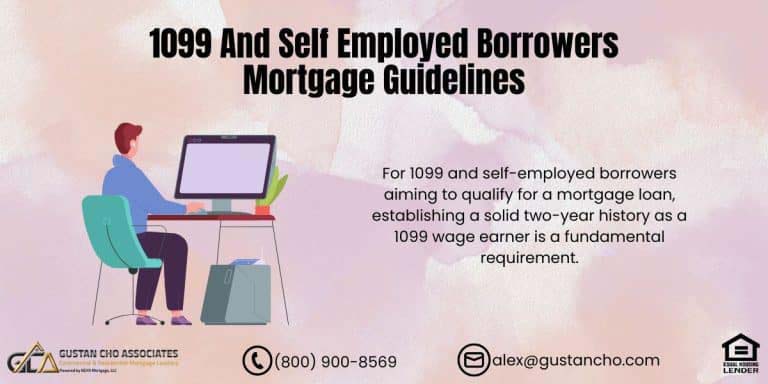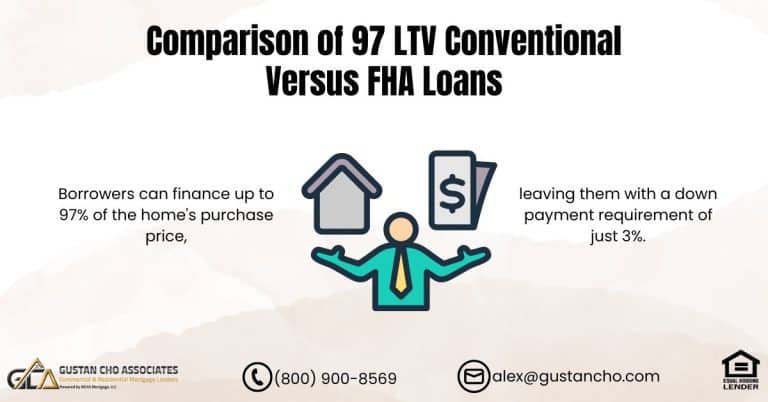This guide covers low appraisal on home purchase and solutions for mortgage borrowers. We will discuss solutions to low appraisal on home purchase. Low appraisal on home purchase can be avoided if the sellers’ price out the home appropriately prior to listing the home. Low appraisals often will delay the mortgage and closing process.
Appraisers will use the most recent comparable sales within a mile of the subject property to determine the value. One of the major problems that buyers and sellers encounter during a booming housing market is multiple offers.
In cases of multiple offers, the winning bidder will purchase the home at higher than the list price. In many instances, the home will not appraise out. Homebuyers who purchase homes with low appraisal values need to come up with the cash difference between the appraised value and purchase price. Lenders will only set the appraised value as the benchmark when requiring the down payment and the loan to value of the mortgage. So the borrower needs to come up with the down payment on the home purchase based on the appraised value PLUS 100% of the purchase price less the appraised value amount.
Home Appraisal Required By Lenders When Obtaining a Mortgage
If you apply for either a purchase home loan or a refinance mortgage loan, a home appraisal will be required. A home appraisal is what the lender will base their collateral when lending on the home purchase or appraisal: An appraisal is the value of a home.
There are several approaches that an appraisal evaluates a subject property. The most commonly used and accepted by a mortgage lender is the comparison approach appraisal method
The appraiser needs to justify the subject property by using comparable properties similar to the subject property that has been sold and recorded in the county property records office. No two homes are the same. Appraisers will use pricing adjustments when comparing the subject property to comparable sales.
Speak With Our Loan Officer for Getting Mortgage Loans
Importance of Comparable Recent Sales
Comparable properties need to be near the subject property, usually within a one-mile radius. If the comparable properties are further away than a mile radius, the appraiser can go further out but need to add or subtract adjustments
Lenders do not like it when the comparable sales are over a mile to the subject property. Positive adjustments include if the comparable property is in a worse geographical area than the subject property.
Negative adjustments to the subject property will be calculated if the comparable property is superior to the subject property. An appraisal rebuttal can be requested if the mortgage loan borrower does not agree with the appraised value the appraiser calculated.
Low Appraisal on Home Purchase Transaction

For example, If the buyer purchases a home for $110,000 but the home only appraises out at $100,000, and the lender requires a 10% down payment, the buyer needs to put down $20,000. The lender will go off the $100,000 appraised value.
Appraisal rebuttals are normally not successful unless there are comparable recent sales within a one-mile radius of the subject property. The success rate of appraisal rebuttals is very low. However, if you find a comparable sales which is similar to your property, have the documents along with a letter of explanation to submit to the Appraisal Management Company (AMC). If you have solid comparable sales close by the subject property, you will win the appraisal rebuttal.
Borrowers with any questions on this blog or other mortgage topics, please contact us at Gustan Cho Associates at 800-900-8569 or text us for a faster response. Or email us at gcho@gustancho.com. The Team at Gustan Cho Associates Mortgage group is available 7 days a week, evenings, weekends, and holidays.
- Get your home with low credit click here
- Related> Disputing A Low Appraisal
- Related> Low Appraisal Solutions
- Related> Low Appraisal On Home Purchase
FAQs: Low Appraisal on Home Purchase and Solutions For Borrowers
1. What is the meaning of low appraisal in home purchase? The appraisal value of a home is considered low when it is less than the previously agreed purchase price between the parties involved. Normally, this is typical during seller’s market or when the selling price of the seller is higher than its appraised amount.
2. How come low appraisal occurs? Disparities between the price set by the seller and market value established by an appraiser usually result to a low appraisal. Many factors such as multiple offers, inaccurate pricing, as well as market fluctuation are related to this issue.
3. What impact does a low appraisal have on mortgage process? Lenders rely on appraised values rather than purchase prices to determine loan amounts, so a home with a low appraisal will delay closing and possibly your loan. Borrowers may have to bear out-of-pocket expenses for any differences between an appraised value and sale price.
4. Can you avoid having a low appraisal? Sellers should ensure that they accurately price their homes before listing them to prevent houses from selling at lower prices compared to recent similar sales in the neighborhood. This will help prevent any variance between asking prices and valuation costs.
5. When faced with a low appraisal what should buyers do? Buyers can either negotiate new terms with sellers lowering the purchase cost according to that evaluated figure or find another financing option if renegotiation fails leaving buyers having to pay in full cash comparing it to lenders’ requirements.
6. Is it possible for someone to contest an undervaluation of property? If buyers feel that appraisals were incorrect, one can appeal against it. While success rates for rebuttals tend to be relatively weak, presenting solid proof of comparable sales near subject properties could improve chances of successful appeals leading up their reversal.
7. Why Does Gustan Cho Associates Mortgage Group Helps with Low Appraisals? Gustan Cho Associates Mortgage Group specializes in assisting clients who are experiencing problems with undervaluation of properties. Please feel free to contact us for more information or other mortgage related issues.
If you have other questions about Low Appraisal on Home Purchase, contact Gustan Cho Associates at 800-900-8569 or email gcho@gustancho.com. We are available all seven days of the week including evenings and weekends.
This blog about Low Appraisal on Home Purchase and Solutions For Borrowers was updated on February 5th, 2024.









